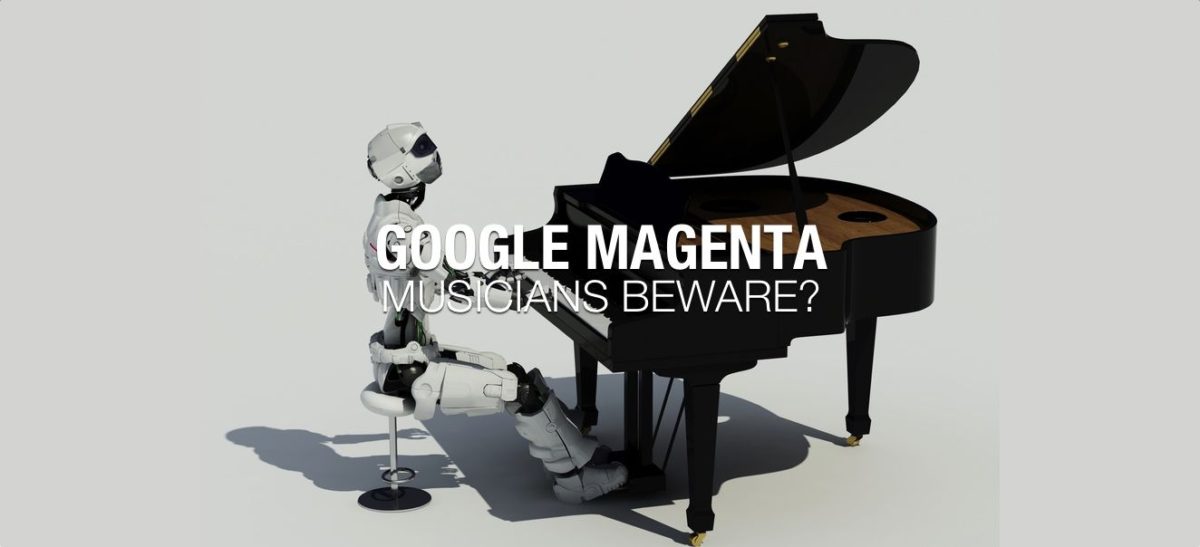People are often arguing that artificial intelligence will be capable of nearly everything humans can do. Specifically, it’s not about dumb machines programmed to do very specific tasks —it’s about AIs that learn and get better by watching us and parsing our data for patterns. It will certainly replace a lot of jobs, but often you also hear that creative jobs will be spared, as AIs lack emotional intelligence and proactivity which are essential human characteristics.
But can computers be creative? – This can be a very philosophical question, but looking at what Google is doing right now, you will be very surprised. Last year, they launched an open-source research project called Magenta, which aims to explore the limits of what artificial intelligence can do with machine learning in arts. Google uses a different approach of learning compared to how classical AIs work and builds intelligence.
They developed an algorithm, which uses neural networks — a complex mathematical system that can learn tasks by analyzing large amounts of data. In recent years, it has been proven to be a very effective way of recognizing objects and faces in photos and identifying commands spoken into smartphones. Today they are using it to teach machines to synthesize new sounds, on notes generated by different instruments. So far, the experiment has yielded classical piano compositions that are actually hard to distinguish from human-composed music.
Magenta will not only produce music but will also provide musicians with a completely new range of tools to make music. One great example is the infinite drum machine, which organizes thousands of everyday sounds through machine learning and you can generate beats with it. These tools are all part of a number of initiatives Google launched, including Magenta and Creative Lab, to introduce free-to-use AI tools to the greater mass. They hope that everyday users can provide them with helpful insights on how they should build and improve it, as well as to help independent developers and musicians to create new experiences. There is definitely more to come and I’m very excited to see where these projects are heading. If you want to try out the infinite drum check out this website: https://experiments.withgoogle.com/ai/drum-machine
Hutson, M. (2017, August 08). How Google is making music with artificial intelligence. Retrieved October 14, 2017, from http://www.sciencemag.org/news/2017/08/how-google-making-music-artificial-intelligence
Metz, C. (2017, June 03). Finally, Neural Networks That Actually Work. Retrieved October 14, 2017, from https://www.wired.com/2015/04/jeff-dean/


![Technology of the Week | Equity Crowdfunding disrupting Traditional Venture Capital [Group 56]](https://digitalstrategy.rsm.nl/wp-content/uploads/2017/10/1035-1200x572.jpg)
